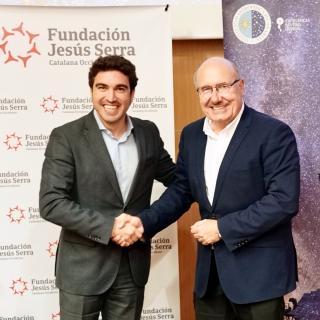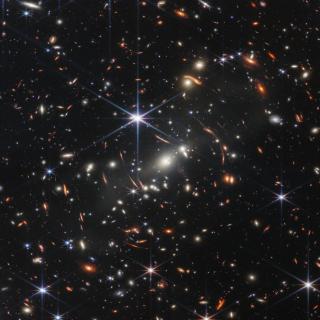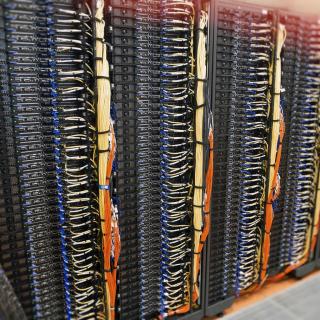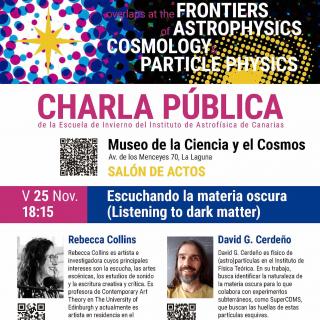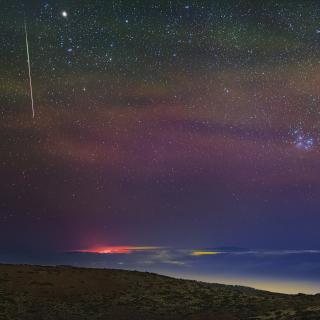
During the nights of 13th and 14th of December we will enjoy the peak of the Geminid meteor shower. This event will be broadcast live from the Canary Islands Observatories via the sky-live.tv channel, with the collaboration with the Energy Efficiency Labs, and from Extremadura, thanks to Extremadura Buenas Noches project. For more than 10 years, Geminids have been the most intense meteor shower of the year, exceeding 100 meteors per hour (ZHR), followed by the Perseids and the Quadrantids. However, on the night of 13-14 December, the Moon will be 72% illuminated, making it difficult to see
Advertised on
